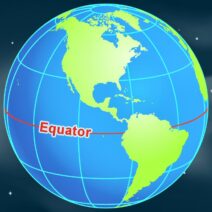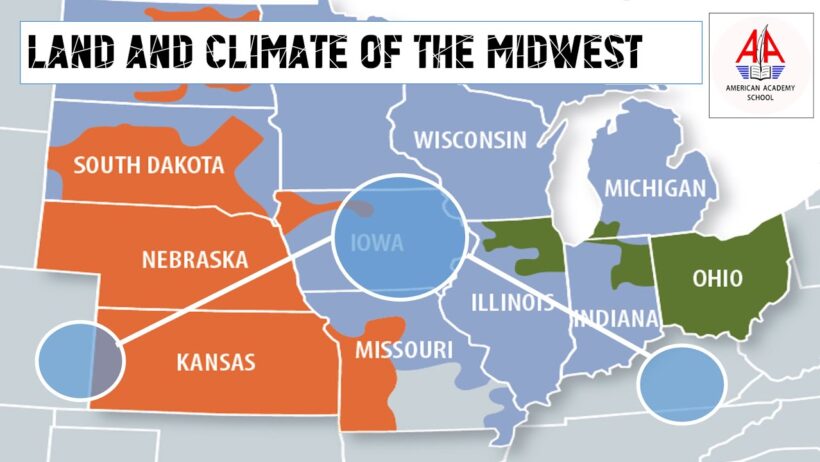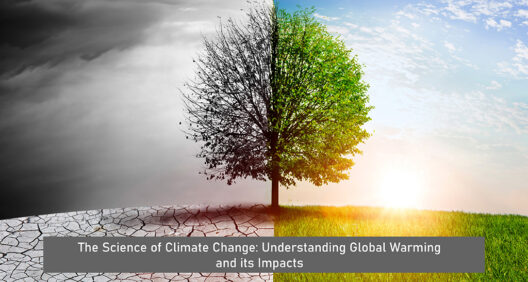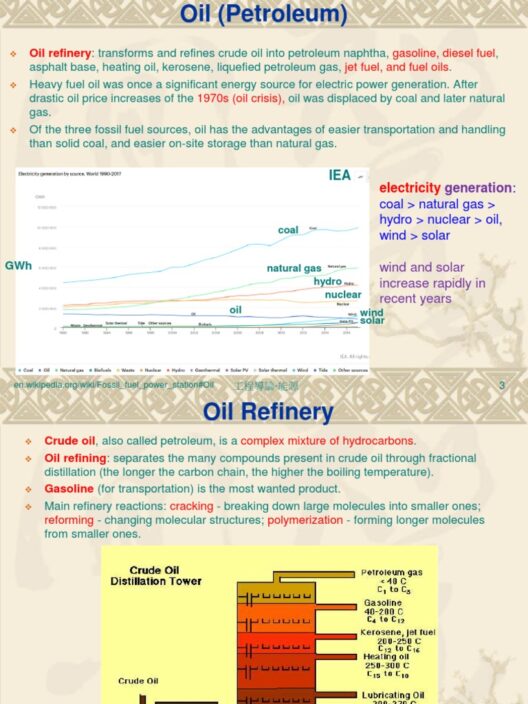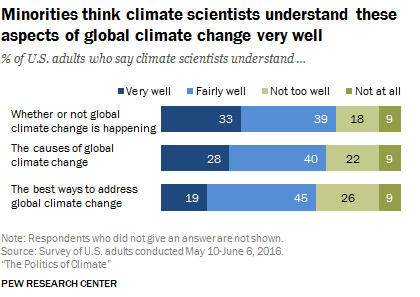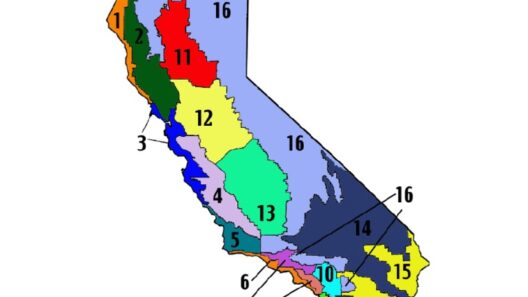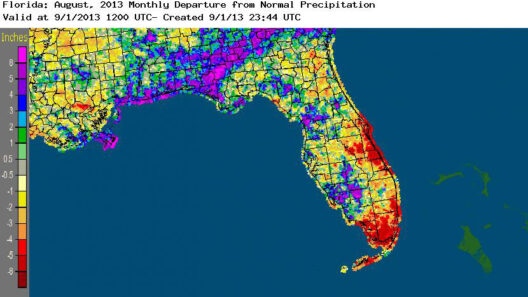The Midwest region of the United States, often referred to as the “Heartland,” is characterized by its unique and diverse climate, which plays a pivotal role in shaping the lifestyles, economies, and ecosystems of the area. To better understand what constitutes the climate in this region, it is essential to delve into the various weather patterns that dominate the Midwest across different seasons, as well as to consider the myriad factors that influence these climatic conditions.
At its core, the climate of the Midwest can be described as a humid continental climate, marked by distinct seasonal variations. The region experiences all four seasons with considerable intensity, creating a dynamic environment that can range from scorching summers to frigid winters. As one traverses the Midwest—from the rolling plains of Nebraska to the Great Lakes of Michigan—one witnesses the remarkable interplay of weather systems that define this territory.
In spring, the Midwest emerges from the frigid grip of winter, as temperatures gradually rise and precipitation increases. During this season, the region is prone to severe weather phenomena, including thunderstorms and tornadoes, especially in the months of April and May. These storms can be intense, fueled by the temperature contrasts between the warm, moist air from the Gulf of Mexico and the cooler, drier air from Canada. This dynamic process leads to the development of supercell thunderstorms, which have the potential to produce tornadoes, causing both awe and alarm among residents.
Summer presents a stark contrast to spring’s volatility. Temperatures can soar into the upper 80s and 90s Fahrenheit, particularly in July, coupled with high humidity. The humid conditions can lead to oppressive heat waves troubling the population. However, summer also brings lush greenery and the flourishing of agriculture—a cornerstone of the Midwest economy—where corn and soybeans thrive under the sun’s fervent rays. Furthermore, the abundance of natural water bodies, such as the Great Lakes, influences local microclimates, often moderating temperatures in coastal areas.
As summer wanes and autumn sets in, there is a visible transformation in the landscape. Warm hues of orange, yellow, and red converge, signaling the arrival of cooler air. Autumn tends to be characterized by lower precipitation levels, and as the days grow shorter, temperatures begin to decline. This transitional season is particularly vital for farmers, as it marks the harvest period for crops. Additionally, it is during this time that we observe the phenomenon of ‘Indian summer,’ where the Midwest sporadically experiences unseasonably warm temperatures, offering a brief respite before winter’s onset.
Winter descends upon the Midwest with an icy demeanor, often lasting from late November through March. Bitterly cold temperatures dominate the landscape, with averages potentially plummeting into the teens or lower, particularly in more northern states like North Dakota and Minnesota. Snowfall is abundant, particularly in areas affected by the Great Lakes, where lake-effect snow phenomena can lead to significant accumulations. The region frequents these icy conditions, which play a crucial role in replenishing groundwater and providing necessary moisture for subsequent growing seasons.
Understanding the climate of the Midwest also necessitates acknowledging the impact of human activity on weather patterns. Urbanization and agricultural practices have intensified the local climate’s variability. Urban heat islands are particularly pronounced in cities such as Chicago, where concrete and asphalt absorb heat, leading to considerably higher local temperatures compared to surrounding rural areas. Furthermore, land-use changes, such as deforestation and the extensive cultivation of monocultures, can alter local climates, potentially exacerbating issues such as soil erosion and loss of biodiversity.
As global climate change continues to take center stage, the Midwest is not exempt from its consequences. Altered precipitation patterns, increased frequency of extreme weather events, and shifts in suitable farming zones are already being observed. There is growing concern regarding the implications of these changes for food security, water resources, and the overall health of ecosystems within the region. Adaptation and mitigation strategies are essential to address these challenges, requiring collaboration between governments, scientists, and the agricultural community.
Climate change also poses risks of shifting plant and animal ranges, as species are forced to adapt to changing thermal regimes. Ecologists are closely monitoring these shifts, as they could have profound implications for biodiversity and the functioning of ecosystems. Initiatives aimed at conserving habitats, promoting sustainable land-use practices, and increasing the resilience of communities are crucial in the face of these transformations.
In conclusion, the climate of the Midwest region is a tapestry of variability, rich with seasonal transitions and influenced by a myriad of environmental and anthropogenic factors. Understanding these climatic patterns is imperative, not only for the people residing in this region but also for the larger ecological framework in which they exist. The interplay of natural systems and human activity creates a complex narrative about life in the Heartland, one that emphasizes the urgency of adopting sustainable practices to ensure the resilience of this vital part of the United States.


